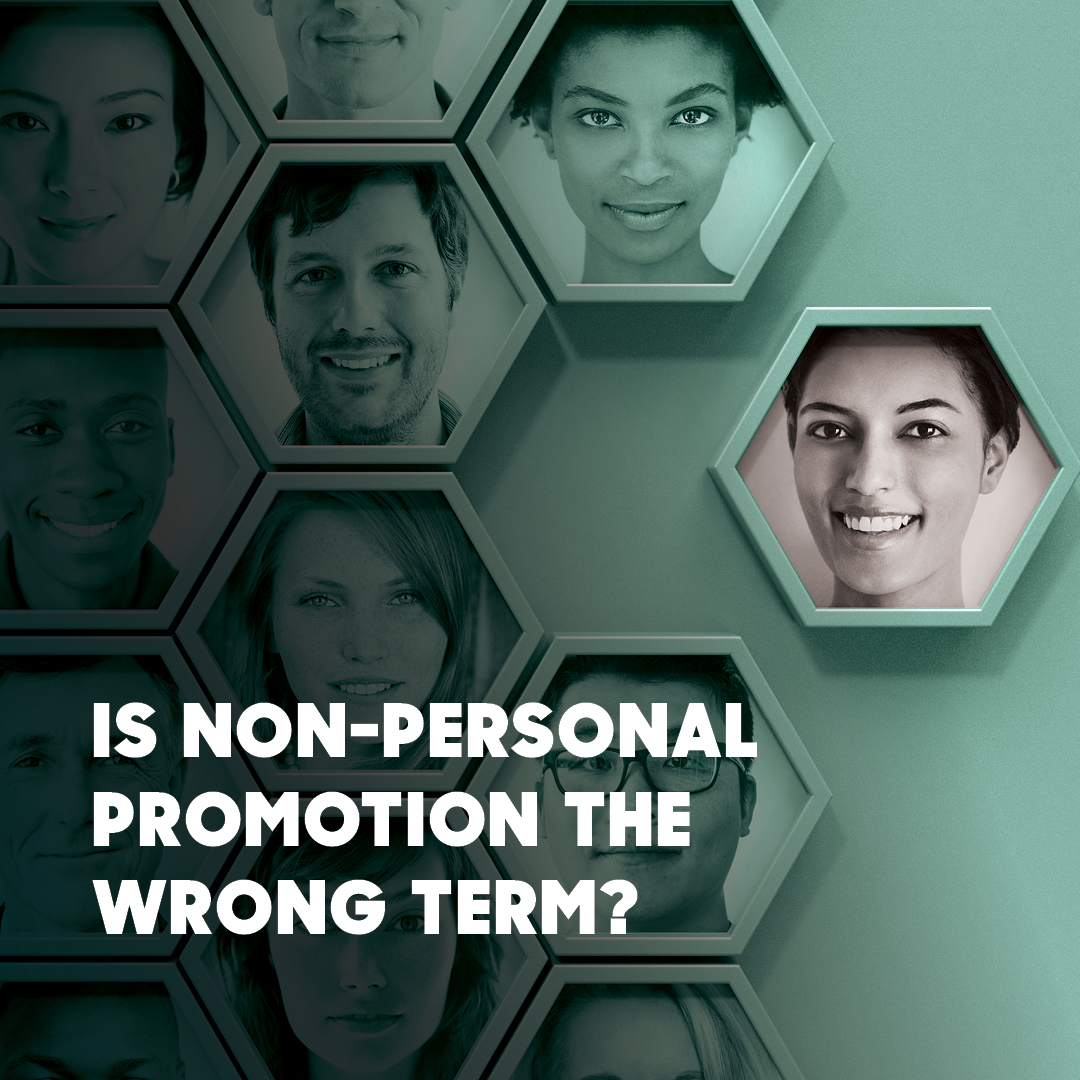
Non-personal promotion is anything but impersonal
All contact is personal, regardless of the medium. Right now, we are having personal contact: You, the reader; me, the writer; Benchworks, the agency on whose page this blog sits. We are interacting – you are reacting. Where this interaction differs from the ones you have with healthcare professionals is personalization.
Consider that in the context of your next non-personal promotion campaign. It’s always personal – but is it personalized?
Every time you communicate with a client, the experience – from the content you provide to delivery method to frequency of contact – must target the client’s unique needs. You achieve that goal by knowing and understanding what those unique needs are. And that means data.
Clean, up-to-date data helps you develop strategies and tactics, and execute on both, in ways that are meaningful to the client and effective for your cultivation and retention goals.
All of this might sound obvious. But look at something as simple as your contact list and ask yourself when was the last time you did a complete audit? You may have a better message than your competitor, but you will lose the battle if you have the wrong inbox or mailing address and your competitor has the right one(s).
Now consider the next level of client insight. You may have a client’s correct addresses, but do you know their:
- Preferred form of communication
- “Oversaturation point” for frequency of communication
- Disease state knowledge
- Point on the product adoption curve
Here’s why it matters. Let’s say you send an elaborate, expensive multidimensional mailer to an environmentally conscious HCP. This person sees your communication as a waste of paper and the death of a tree. It’s also the fourth communication, regardless of the medium, you sent this week. You may have frustrated this client to the point that they will never read anything from you ever again.
Asking and talking are the key differences between personal and personalized promotion – and what could make or break your plan. Consider the relationship and data-building benefits of saying, “I know your time is valuable, but I also want to give you what you need. What’s the best way for me to help you, and help you better serve your patients?”
You may think that you don’t know enough about a client to interact with them. This is where personalized promotion is the “power tool” to get the intelligence-gathering job done. The personalized attention you give equals the personalized information you get back. You’re now in a better position to leverage that client as a mine of information – and not just to help you promote to them, but to develop everything from marketing personas to client and market segmentation approaches that can enhance your overall strategy.
The sooner you complete your client feedback loop, the sooner you close the gaps in your data, strategy, and tactics – and this includes using analytics tools to track and study client knowledge and interest via clickthrough and open rates. Taken together, this approach gets you to a place where you can develop, test, and execute a truly personalized promotion plan that is anything but impersonal.
And the time to start is now.